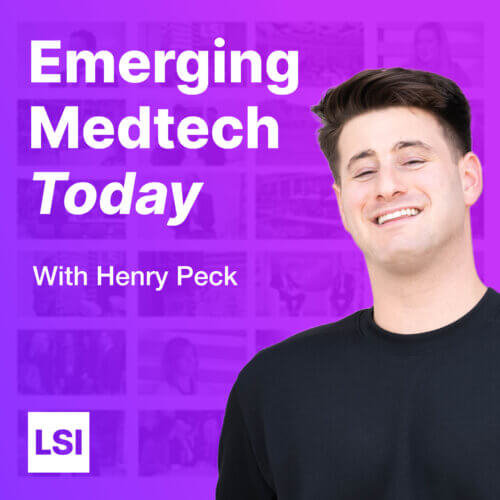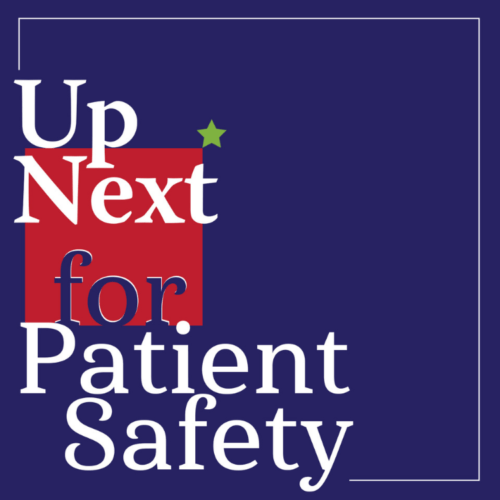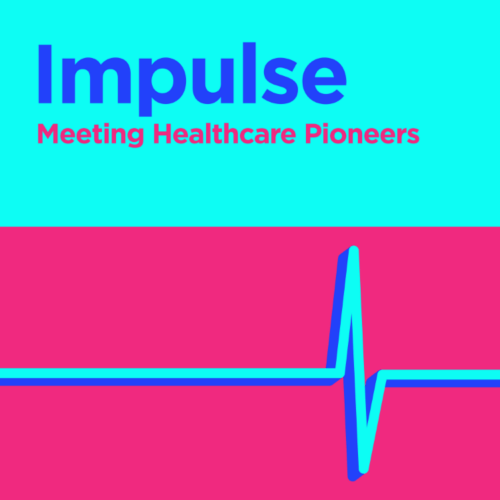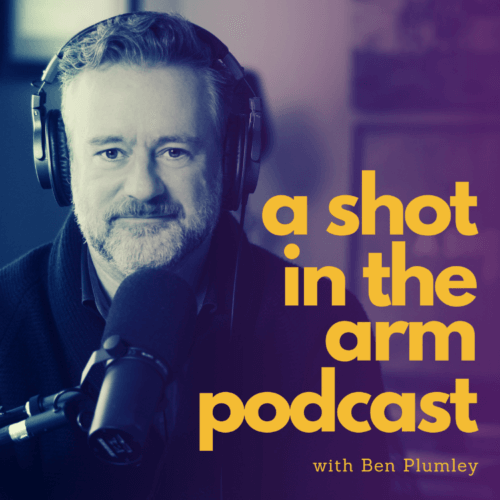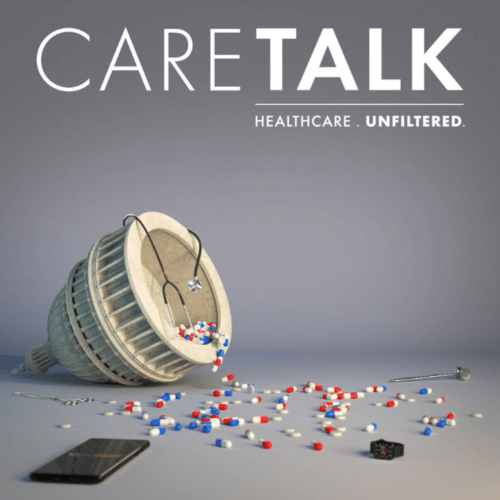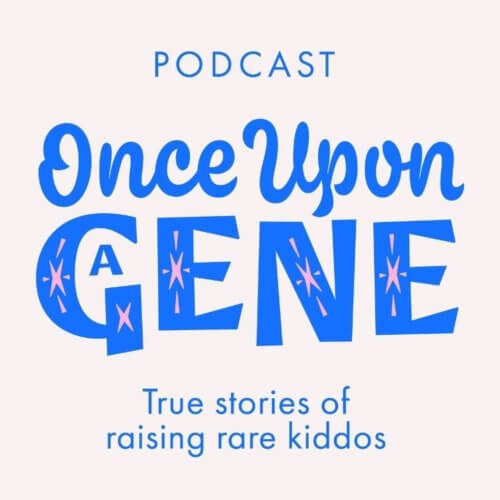25 – Matiu Bush, Health Transformation Lab RMIT
Matiu Bush is both a clinician and a designer who founded One Good Street, a social impact platform to encourage neighbour initiated care for older residents at risk of social isolation and loneliness.
Matiu is the Deputy Director of the Health Transformation Lab at RMIT, designing cultures of innovation and creativity in healthcare.
He has a Master’s degree in Public Health and broad clinical experience as an emergency, oncology and intensive care nurse and he is also a sexual health Nurse Practitioner.
He’s a board member of Better Care Victoria and the Emerging Leaders Clinical Advisory Committee. He is a super active member of HISA, a Rotarian, and a mentor for undergraduates and post graduate science students.
Overview
[01:30] Neighbour initiated care lifts the social capital in neighbourhoods, it improves house prices and creates an alternative value economy. The One Good Street is a platform to enable and scale those initiatives.
[05:00] Salutogenic Design can be used to avoid building tech that is beautifully useless. It is about design that focuses on reducing stress levels and promoting wellbeing. Opposing the pathologising of humanity when you walk into hospital.
[07:30] Guerilla information provisioning uses nudge theory to teach people about their health condition in the peripheries.
[08:30] Citizen driven science looks at how to get citizens to help solve complex problems
[10:15] The RMIT Health Transformation Lab uses “The Treatment” as their design mythology, which involves ‘deep hanging out’, or anthropology (the study of humans). Just shutting up and watching.
[10:30] They also use the Causatory reasoning method, which calls for ‘descending into the particular’ and ignoring generalisations.
[11:30] The saluto-technical approach marries salutogenic design principles with new technology, in an effort to stop the fetishisation of technology in healthcare. Otherwise we are so close to data but so far from the truth. There is a need to provoke the sector to do better so we don’t design technology that is beautifully useless.
[15:30] Technology needs to be designed while keeping the readiness of the health ecosystem in mind.
[17:50] The Cisco Digital Maturity Index helps you determine the level of work that will be required to implement new technology in a health organisation, depending on its appetite and ability to adopt technology.
[22:21] Matiu had a falling out with Mother Teresa in Tijuana…
[24:00] Sanctuary trauma is what happens when you go into healthcare and they are meant to look after you and they don’t. This can be avoided by involving the third sector of healthcare – those groups like schools, volunteers, rotary, Australia Post etc that have a legitimate place at the table with clinicians.
[25:00] Doing tech better in health will enable relational health – where doctors will ask more about your relationships to see a better ‘return on investment’ on your treatment, to help you stay healthier for longer.
Links
One Good Street Facebook Community
Cisco Digital Maturity Scaling
Transcript
[00:00:00] Pete: [00:00:00] Welcome to Talking HealthTech. My name is Peter Birch, and this is a podcast of conversations with doctors, developers, and decision makers that are playing in the Australian HealthTech scene today.
Here with me today’s is Matiu Bush. Matiu is both a clinician and a designer who founded One Good Street, a social impact platform to encourage neighbour initiated care for older residents at risk of social isolation and loneliness. He’s the Deputy Director for the health transformation lab at RMIT, designing cultures of innovation and creativity in healthcare. He has a master’s degree in public health and broad clinical experience as an emergency oncology and intensive care nurse, and he’s also a sexual health nurse practitioner.
[00:00:40] He’s a board member of Better Care Victoria and the Emerging Clinical Advisory Committee. He’s a super active member of HISA. a Rotarian, a mentor for undergraduates and postgraduate students and he’s here sitting in front of me now. Matiu thanks so much for joining.
[00:00:53] Matiu: [00:00:53] Pleasure, when you read that out I sound exhausting.
[00:00:57] Pete: [00:00:57] It’s comprehensive and it’s, and it’s well learnt and it’s [00:01:00] exciting to have you in front of me. I’ve actually, you’ve, come here after going to event. I saw you at an event a couple of months ago now, and it’s taken this long to get you into the studio.
[00:01:10] Matiu: [00:01:10] Good to be here.
[00:01:10] Pete: [00:01:10] Thanks for coming in. Look, we’ve got so much to cover as well, but look, we’ll, start with something that I first heard about when, I saw your talk, which was about the concept of neighbour initiated care. Tell us more about about that platform that you founded, The One Good Street and why it exists.
[00:01:28] Matiu: [00:01:28] So there’s a GP who lives on my street. He’s retired, he’s 84 and when he falls out of bed, I go and pick him up. And that active neighbour initiated care saves an ambulance fee as well as an ambulance trip, as well as an admission into ED. And for someone who’s 84 often they are triaged as a category three or four.
[00:01:47] So he probably deteriorates and doesn’t have a tea or any food or anything fluids whilst he’s there, cause EDs can be quite ageist. So for an 84 year old, that’s a pretty scary experience. So that act of his daughter calling me and me going to [00:02:00] do that, I reckon we save around $3,000 for the state budget in healthcare. It also helps the ED meet their four hour target, which is important because they want to get people in and out within four hours.
[00:02:11] Pete: [00:02:11] It’s such a simple thing to do
[00:02:13] Matiu: [00:02:13] Correct and I do joyfully because what it does, it lifts the street capital, the social capital in my street. My street’s a great street to live in. That impacts property prices. When new people move in, they’re like, gee, everyone’s so friendly and everyone helps each other out. So there’s an alternate kind of value economy happening when you do those sorts of things. And so I started to talk about that, and more and more people would say, I do the same thing. So I developed a platform that enables people who want to do great things for older people in the neighbourhood for that to occur. And that’s called One Good Street.
[00:02:45] Pete: [00:02:45] Wow. What about Health Transformation Lab, what does that do?
[00:02:49] Matiu: [00:02:49] Yeah, so we’re a newly formed lab that’s anchor funded by Cisco, and it’s part of RMIT’s new vision of how to integrate with society [00:03:00] and industry and industry partnership. And so we’re pretty radical. We’d call ourselves anti-disciplinary. Okay, so leave your specialisation and come on a creative journey with creative bravery and creative leadership, as we attack and approach and tease apart and grapple with the thorniest and most wicked problems in healthcare. So we’re all hybrids. We’re either a clinician plus something else. I’m a clinician designer. We’ve got an architect who’s become an anthropologist, who’s become a project worker and human centered design, an indigenous consultant and now works for us. We’ve got immunologists that are expertise in loneliness and isolation. So if you’re a hybrid and you don’t fit in anywhere else, you fit in in the lab because we actively seek a neuro diverse group where contestability is the hallmark. We don’t want echo chambers. And so people come to us with healthcare problems. So a hospital might come and say, we’ve got a problem with discharge planning and getting [00:04:00] letters to GPs, and we’ll tease that apart and map the ecosystem of the problem and then suggest very radical solutions to that. Looking at the latent capacity that exists in our neighbourhoods. So for example, thinking about discharging to rotary. So an 84 year old’s discharge automatically a letter goes to GP, but it also goes to the local rotary. So they’re there to catch them. Make sure there’s food in the fridge. Make sure they take their meds that they get to their outpatient appointments.
[00:04:32] These are ways that we can tap into this network of support. Because in healthcare, we see people in tertiary hospitals, we discharge them, and if we discharge them to nothingness, loneliness, isolation, no support, no family, there’s no return on investment, we’re immediately failing and they’ll end up back in.
[00:04:50] So that’s the kind of solutions we bring. We think about, we use the cybernetics lens, which is really kind of radical, which I’ll go through in a minute. We also think about [00:05:00] salutogenic design. When we’re designing technologies, we don’t want to make stuff that’s beautifully useless.
[00:05:07] There is plenty of beautifully useless tech out there. That quantifies everything about you.
[00:05:14] Pete: [00:05:14] Beautifully useless, I can think of about a few different examples of that. Okay salutogenic design. That’s a cool name for something I don’t know about so I’m going to get you to tell me you about it!
[00:05:26] Matiu: [00:05:26] Based on the Italian root word for Saluto or Saluto is health. Okay. Janet has generation or the genesis of the beginnings of, and it’s all about design that focuses on reducing your stress levels and promoting your wellbeing. So it’s kind of anti, it stands opposed to the pathologising of your humanity when you walk into hospital.
[00:05:49] So a salutogenic design, will focus on designing towards things and services and processes that help you manage your condition better, make it more [00:06:00] comprehensible so you understand what’s going on, and also make it meaningful for you. And that can be from built form, interior design, lighting, collateral development, wearable sensors, technology, AI, machine learning, system design, even comms design with how your staff talk, admin staff, for example, talk to patients. It can be wayfinding. Everything we do should be increasing a patient’s manageability of their condition. Can we make this more manageable for them?
[00:06:31] Can we make it more comprehensible? The letters they receive a clear, they can understand what they’re doing there in that outpatient department, and we invite meaning, how do they feel in that moment? And that I think delivers a much better patient experience.
[00:06:44] Pete: [00:06:44] So at the labs, some of those, are they, are there, are there been solutions that, an example of a solution that you can talk about? So something that has come out of it ? So two questions then, what does it look like when it goes into the lab, you know, a problem comes in, do people just draw on a [00:07:00] whiteboard and then what’s been some of the outcomes and the benefits of that.
[00:07:02] Matiu: [00:07:02] So for example, a cancer hospital came in and said, Hey, we want to build some kind of curriculum or university or school where people can learn about cancer. And we took that problem and we teased it apart. And on reflection, we were able to demonstrate that people want to spend as little time as possible learning about their cancer because cancer is a thief for them, just robs them of everything.
[00:07:26] So the last thing we want to do is allow cancer to rob more time for someone who’s got a time limited illness. So we worked on a something called guerilla information provision. That is using a whole lot of nudge theory where you can inform and teach people about a health condition, but in the peripheries, and that can be with augmented reality. it can be with fridge magnets, it can be with decks of cards. It can be a whole range of other ways that subtly inform people that it’s always at the periphery and when they need it, they can grab it, but it’s not [00:08:00] forcing into them a whole lot of, collateral around cancer. And that’s what came out with a whole lot of students who have developed all these great little prototypes of board games which built health literacy, but not intentionally doing so, of using augmented reality that allows you to observe from a really high level your entire cancer journey. But you don’t have to engage with any of them. You can just marvel at how beautiful and how cool it is and share it with family and friends and say, hey, check this out.
[00:08:27] In doing so, you’re exposing people to a range of things and you can nudge them in the direction of that. That’s one example. Health, citizen driven science is another one. So for example, in the UK, they have trained normal everyday people to look at mammograms and detect cancer And they get like 96% accuracy after awhile. Yep. So it gives you an idea of when someone comes to us and says, hey, we’ve got a problem, we’ll look at it in different lenses. For example. a provider came and said, well help us understand citizen [00:09:00] science. How do we get citizens to help us out? And then we’re able to expose them to a range of things. For example, there is a great company in Melbourne called Transpire who’ve developed an app where you can donate your phone data or phone processing overnight, and it runs computations from cancer research overnight. And in doing so, they reduce the overall time of producing the data that’s required for the research.
[00:09:25] So latent capacity, they are the sorts of things that we expose people to and provoke. These are provocations to the sector. So you might come in and say, Hey, I’ve, here’s our problem and we might take you to a completely different destination and more likely with a really unusual partnership where you didn’t think of. So for example, we might say Australia Post is going to be the best person to partner in loneliness and isolation because who visits your house every day all around Australia. There’s this capability. that’s what we’re doing. We’re grafting in the solutions because the solutions aren’t with those that are the [00:10:00] problem custodians. And most healthcare try and solve their own problems. And they marinade in it for years and years. And if you’ve been to enough health conferences in your time, you’ll hear the same stuff repeated over and over again. So that’s what we do. Come into the lab. They tell us their problem.
[00:10:15] We’ve got something called the treatment, and the treatment is our design methodology. And it’s really unusual. We do, a lot of anthropology deep hanging out. That’s how we found out about why you should never give a cancer patient anymore to read because, we mapped a lady, who was 84, and in her home she had 186 pages worth of patient information she had to get through. And we knew that whatever you do, whatever you design, you can’t make that pile. So we use anthropology. Deep hanging out. It’s where you shut up and just watch. We also do a, use a Jesuit reasoning method called Causatory, where you descend into the particular, you ignore all of the generalisations that come before and you descend into the [00:11:00] particular, and a good example of that is using chatbots in health.
[00:11:04] And lots of people say you’ve got to be specifically trained, these as highly specialised, you could never push this to code. But all of those generalised principles occurred before chatbots developed. So we need to delve into what chatbots can do and then generalise out from that new beginning. A word for a chat bots, a world full of AI, machine learning.
[00:11:25] Pete: [00:11:25] That’s going to lead onto my next point because, you’re focused on transforming health, and technology is often seen as the solution to do that. How should we be designing technology to transform health?
[00:11:39] Matiu: [00:11:39] We’ve got to stop fetishising it. There’s an absolute fetish for technology and people believe that technology will solve so much of healthcare, but you can have great tech grafted into a crap system that’s a crappy outcome and patient experience and our systems aren’t ready for the technology. That that’s way ahead. [00:12:00] We’ve developed something called saluto-technical and the soluto-technical approach really marries that salutogenic design principles with new technology. So that’s where whatever you design, is it more meaningful for the individual? Does it also respect the ecosystem? And I’ll give you an example.
[00:12:17]There’s mattresses now that can measure your heart rate, and if your heart rate changes, they can send an SMS off to family. It won’t be going to the GP cause he’s he or she’s never gonna look. So to family, and then family can respond. The tech is beautiful, but if your Chihuahua hops on the bed, you’re going to be tachycardia and your family’s going to get an SMS saying, hell, what’s going on? And it’s the Chihuahua.
[00:12:38] Pete: [00:12:38] See I get excited by these things and then I think about the practicality.
[00:12:41] Matiu: [00:12:41] That’s right. So they’re for people developed in isolation who don’t have dogs. Also, they don’t have partners. So if granddad or grandma decided to bring home someone to entertain one evening, and they’re having sex you’re going to get an SMS saying the heart rates are regular, right? So what they haven’t done is had a real [00:13:00] human perspective. Actually they haven’t had a life perspective of what it’s like to live in somebody’s house. And when you introduce technology into a house, it changes the relationships. So what we think is that saluto-technical approach is really mindful of the human, really mindful of the ecosystem. So I wouldn’t put any tech that monitors anything into someone house unless its has a purpose for health outcomes.
[00:13:24] Otherwise we are so close to data so far from the truth. So I can have everything about you knowing about you, but there’s, but then you’re isolated and lonely. So we know you’re using the fridge. So you’re eating, you’re drinking, your heart rate’s regular, but you’re not speaking, for example, cause you’ve got no friends and you’re 84 and your life is miserable.
[00:13:44] So they are the sorts of things we try and provoke the sector to do better so that you don’t design technology that is beautifully useless.
[00:13:53] Pete: [00:13:53] The, concept of so close to data and so far from truth that’s almost like this [00:14:00] big mind blowing moment from my side , I’m, extremely curious about that. We’re collecting all this data. and, so much values placed on like, thinking from a health company or a vendor’s perspective, it’s all about the data play at the moment. How are we going to, extract more data of value from this data or collect more data? What do we do with it all? It sounds like we’re not doing enough or the right thing.
[00:14:28] Matiu: [00:14:28] You’ve…





